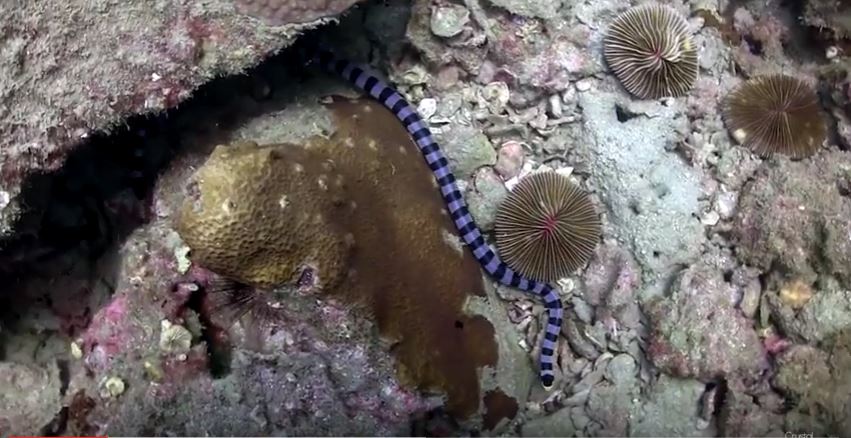The Banded Water Snake: Appearance, biology, life cycle, habitat, diet, behavior

The banded water snake behavior
This species tends to flee when it thinks it is in trouble. However, they can also release an unusual odor whenever there is a threat. The musky smell can be irritating, but once they feel comfortable with a stranger’s presence, they will no longer do that. They can even feel comfortable enough to eat the foods you offer from your hand. However, let’s not be too risky because they could attack anytime. Banded water snakes are more active during the nighttime.
The banded water snake biology:
Popularly known as the Nerodia Fasciata, it is a rare species of snake often caught in North America. The snakes commonly have a huge size of up to 40 inches in length. The color of their skin is sometimes dark brown, but some are found with a red and brown color. The snake could have bright spots in red or black colors. It is easy to spot and distinguish this species from the others. The body is quite heavy and sometimes they lose their banding when they get older.
The banded water snake habitat
These snakes live in groups and they inhabit fresh water like rivers or lakes. Most of the time, they are found in North America. They can be found hanging on trees. Some of them are kept as pets, although they do not really have attractive looking skin.
The banded water snake reproduction
The snakes can have more than 20 babies. Snake birth happens especially during the summer season. They actually can have more babies, but the number of babies they have decreases over time. The breeding environment does not have to be strict because they can also breed them in captivity. The babies are usually 8 inches long. They can also strike with the musky gland when they feel threatened. Somehow it is automatic in their genes.
The banded water snake is often mistaken for the dangerous cottonmouth snakes. The snake is quite poisonous and it is important to learn more about the differences.
Go back to the How to Get Rid of Snakes page or email us if you have any other questions about The Banded Water Snake: Appearance, biology, life cycle, habitat, diet, behavior
About Us
We are the Pest Education Network, a non-profit organization that focuses on wildlife and pest removal education. Our approach utilizes Integrated Pest Management, a strategy advocating prevention and humane methods.


